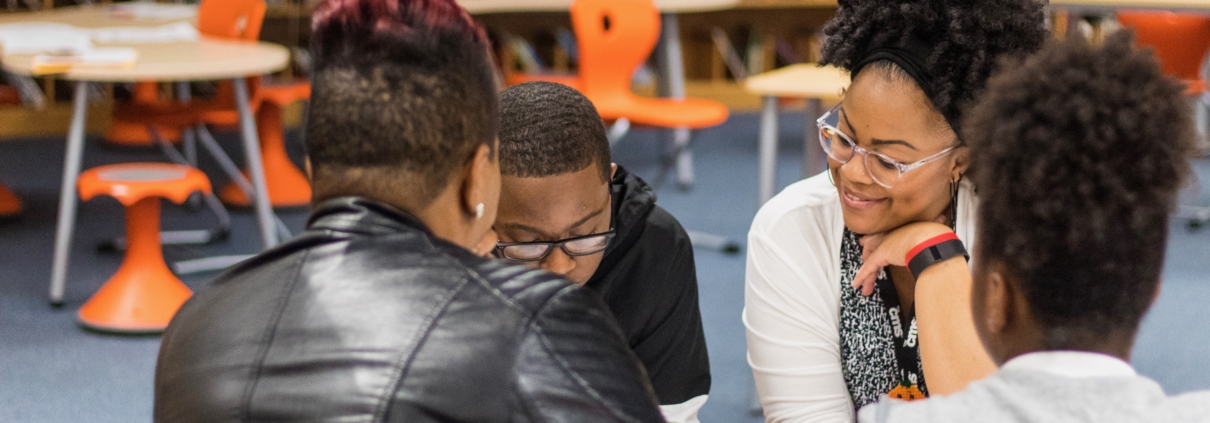
Trust is earned through action.
By showing up, engaging with those you seek to serve, listening, taking notes, responding to feedback, and then showing up again. It’s earned by showing, rather than telling, your constituents, “I see you and we’re in this together”.
Sometimes, that trust is earned by apologizing, by admitting that “We messed up. Here’s what we did wrong. Here’s how we’re working to make it better. We’re sorry.”
Notable school districts, elected officials, and other key leaders in education have had a tough few months. Lack of clarity regarding superintendent transitions, enrollment decline, security snafus, and rogue technology purchases are just a few of the mishaps occurring in North Carolina. The people these districts serve are feeling disconnected, and their trust in large school systems to do the right thing for students and families is waning.
But earning it back isn’t as hard as you might think.
If we’ve learned anything from our work these past five years, it’s that trust comes from showing up, collaborating, and supporting those we serve. It comes from apologizing when we mess up, and then it comes from showing up again.
We recommend a better path forward. One of transparency, details, and an opportunity for a better tomorrow for all 1,500,000 students and families in North Carolina.
They want trust. It’s what they deserve.

